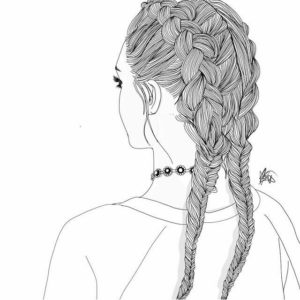They are two of the most common questions among frustrated parents; why don’t schools send lice letters home, and why are students with lice allowed in school? While some school districts in East Tennessee continue to send students home, as well as notify other parents, when lice infestations are discovered within the classroom, many area districts have changed their policies when it comes to head lice. According to the Centers for Disease Control (CDC), students diagnosed with live head lice do not need to be sent home early from school, and both the American Academy of Pediatrics (AAP) and the National Association of School Nurses (NASN) advocate that “no-nit” policies should be discontinued. When a child gets head lice, parent frustration is understandable; dealing with head lice can be overwhelming. But there are numerous reasons why no-nit policies and letters home ultimately make no difference when it comes to preventing head lice infestations.
In order to identify head lice infestations in school, all students would need to be screened on a regular basis, and most, if not all, schools simply do not have the staff or resources to dedicate to frequent screenings. Routine screenings would be necessary because not all students with lice infestations are symptomatic. 1 in 20 children have head lice at any given time, and of those children only 40% experience the tell-tale itch, which is an allergic reaction to the saliva from head lice. So while the school may identify some children with lice, it’s likely there are others in school with active infestations who show no obvious symptoms.
Early on in an infestation lice and eggs are often missed, especially when only a visual screening is conducted. A female louse lays approximately 3-5 eggs per day, and eggs take another 7-10 days before hatching, so an infestation may not be obvious one week, but much easier to spot the following week.
Even if schools send letters home encouraging parents to check their children for head lice, many parents do not know what to look for or how to identify head lice. Debris, dandruff, and hair product are often mistaken for lice eggs. Actual viable lice eggs, which are grayish-brown and close to the scalp, are often missed upon visual inspection, and are difficult to see in darker hair. Parents may miss lice infestations on their own child, and send them back into the school setting untreated.

Lice egg on hair shaft
So what are parents to do? A parents best defense against head lice is to conduct routine screenings at home, because lice letter or not, there are always children in school with head lice. Effective screenings require just a few simple tools. Parents are encouraged to invest in a good lice comb, like the Terminator Comb carried by Knoxville Lice Clinic. Parents should comb the hair behind the ears, at the nape of the neck, and at the crown. Start at the scalp and comb to the ends of the hair shaft looking for small grayish-brown eggs, or live lice. For parents who want to be absolutely sure, Knoxville Lice Clinic provides screenings and instruction. Lice doesn’t have to be overwhelming, and routine at-home screenings are one of a parent’s best defense against the continued spread of head lice. We also suggest wearing hair in buns or braids to give lice fewer chances to cross over, and avoiding selfies or sharing brushes, hats, and coats, as all can spread lice. Our Peppermint Spritz encourages lice to find another head to land on, and it is a good addition to your morning routine.
SaveSave
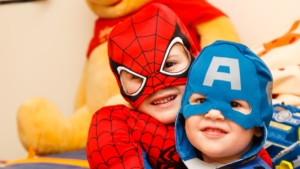
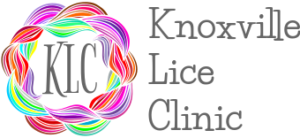
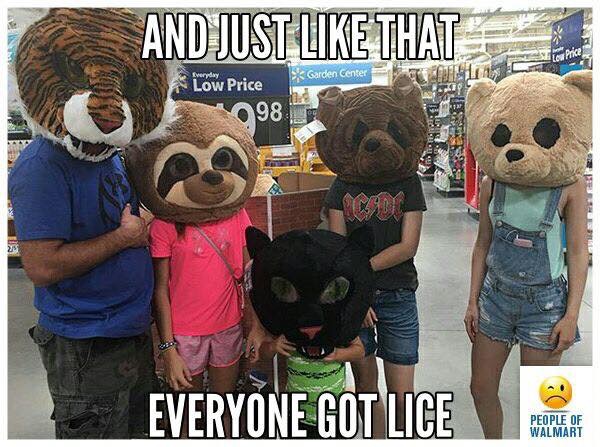
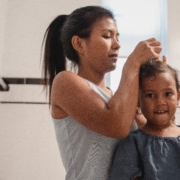
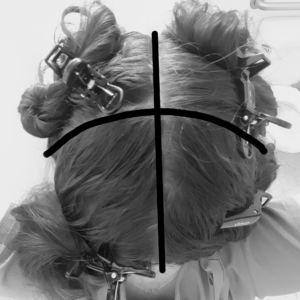 ear to ear.
ear to ear.
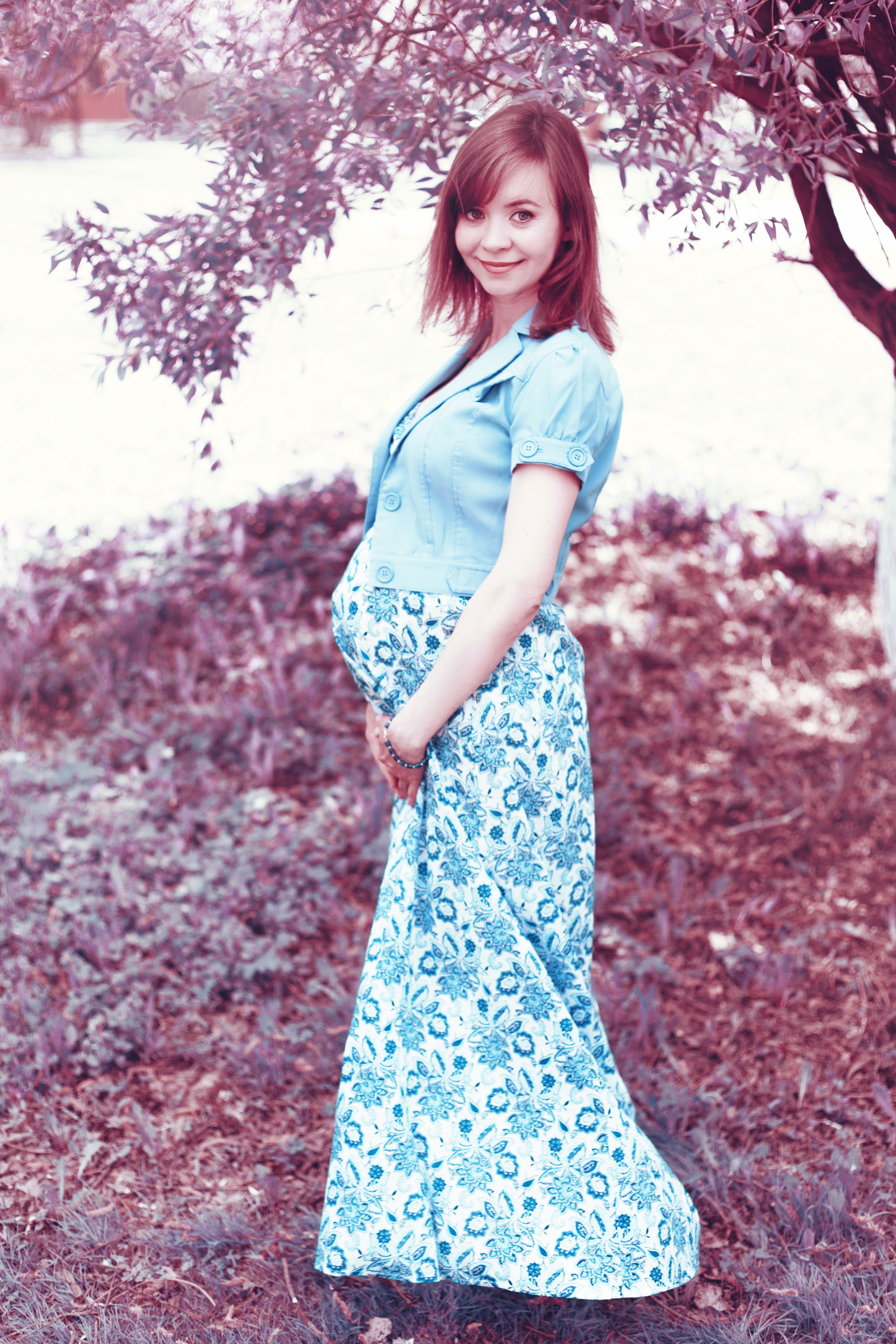 Our Headwinds device uses technology to dehydrate nits without chemicals. That makes it safe for pregnant mothers and children! Our dimethicone rinse kills everything crawling within 10 minutes, and is completely non-toxic. For children too young for our Headwinds treatment, dimethicone and combing is a great option that actually works. We are always willing to answer questions and go over comb out methods! Keeping your family safe is important to us. Our lice treatments can get you lice free without any of the risks associated with OTC or prescription treatments, and no combing at home!
Our Headwinds device uses technology to dehydrate nits without chemicals. That makes it safe for pregnant mothers and children! Our dimethicone rinse kills everything crawling within 10 minutes, and is completely non-toxic. For children too young for our Headwinds treatment, dimethicone and combing is a great option that actually works. We are always willing to answer questions and go over comb out methods! Keeping your family safe is important to us. Our lice treatments can get you lice free without any of the risks associated with OTC or prescription treatments, and no combing at home!
